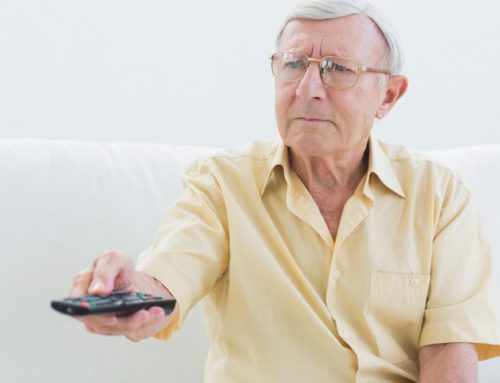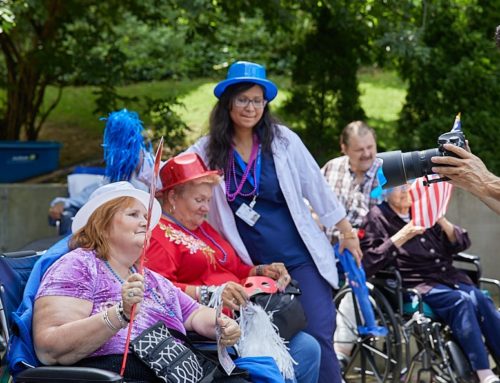Heat Stroke Vs Heat Exhaustion: What Is The Difference?
Sitting, walking or queueing in the hot sun can put you at greater risk of dangerous heat-related illnesses. Therefore, older people and those with underlying health issues should take special care to stay out of the hot sun. Conditions like heat stroke and heat exhaustion are potentially life-threatening. So, you need to avoid them at all costs.
Sweating is the body’s natural way of keeping cool, but in extreme conditions some people may have difficulty perspiring. If your body cannot keep itself cool, your temperature will rise, with the risk of dangerous heat-related illnesses developing. Older people, who are more likely to have inefficient sweat glands, memory problems, and chronic illnesses, must be careful.
Luckily, heat-related illnesses are preventable if you recognize the symptoms and seek medical advice as soon as possible. It is important to recognize the differences between heat stroke and heat exhaustion, as the former requires more urgent medical attention.

Symptoms Of Heat Stroke
Heat stroke can be life-threatening and requires immediate medical attention. It occurs when your body temperature reaches above 104 degrees Fahrenheit, and your body’s system for regulating heat is overwhelmed.
People affected by very hot weather may first get heat exhaustion, which sometimes leads to heat stroke. The symptoms of these two conditions are similar but in the latter condition symptoms are far more severe.
Common symptoms include mental deterioration, slurred speech, lack of coordination, seizures, and loss of consciousness. Your pulse could be fast and strong, and you may even be at risk of dying. Be sure to get urgent medical treatment as soon as possible.
Symptoms Of Heat Exhaustion
Heat exhaustion happens when the body is exposed to extreme temperatures and cannot keep itself cool, even by sweating. It may be a precursor to a more dangerous heat stroke.
Signs of heat exhaustion include heavy sweating, muscle cramps, excessive thirst, light-headedness, dizziness, nausea, fatigue, and a fast, weak pulse. These symptoms can develop slowly or quickly. Be aware of yourself and your surroundings and take immediate action to cool your body.
Treatment includes drinking water; resting in a cool, shady spot; using cold compresses; and loosening tight clothing. If symptoms persist seek urgent medical treatment to avoid getting heat stroke.
The information above is for the educational purposes only. If you have any symptoms of heat stroke or exhaustion, do contact your doctor.
Fairview and Heat Stroke
At Fairview Adult Day Care Center in Brooklyn NY we aim to educate our clients about the dangers of heat-related illnesses. We offer stroke care and rehabilitation therapies for recovering from a stroke. Our medical professionals give personal advice to clients to help them avoid both heat stroke and heat exhaustion.
We accept most insurance plans. We offer a wide range of services, including comprehensive recreation therapy, physical therapy, occupational and speech therapy. Also, we offer TBI support for our clients depending on their individual cognitive as well as physical requirements. Feel free to contact us to find out more about our services and therapy for elderly and TBI people.
This article is for educational and informational purpose only and does not substitute for professional medical advice. For any questions about your own health condition, speak to a qualified physician or healthcare provider.







Leave A Comment